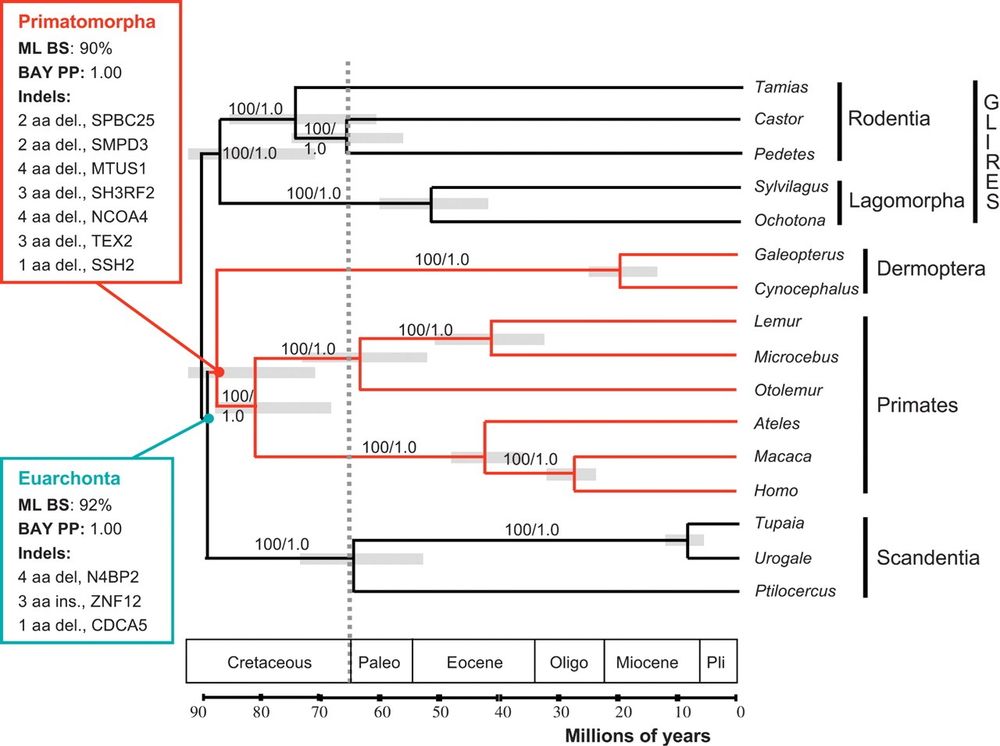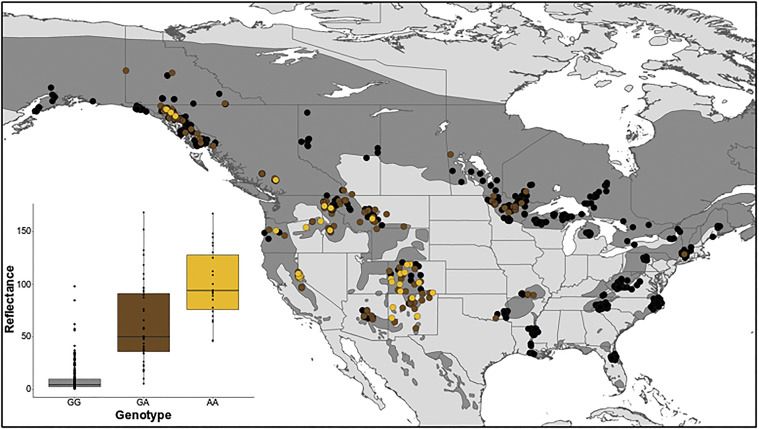









![Comparative chromosome mapping between the mountain zebra (Hartmann’s mountain zebra subspecies; Equus zebra hartmannae [EZH]) and domestic horse (E. caballus [ECA]). Mountain zebra chromosomes are shown on the left in each homologous pair while horse chromosomes are shown on the right.](https://cdn.bsky.app/img/feed_thumbnail/plain/did:plc:b6oxx2ptij2znhzrcxtuczrr/bafkreid4l37wah2uyv6i37m2kihto3dokwd56nduawytsnzturvdbsmghe@jpeg)





www.science.org/doi/10.1126/...

www.science.org/doi/10.1126/...
#2025MMM www.biomedcentral.com/1741-7007/6/18

#2025MMM www.biomedcentral.com/1741-7007/6/18








Works just like the mobile app.
Install this app on your iPhone: tap the share button and then Add to Home Screen.
Tap the Share button
in Safari's toolbar
Select "Add to Home Screen"
from the menu
Tap "Add"
The app will appear on your home screen










![Comparative chromosome mapping between the mountain zebra (Hartmann’s mountain zebra subspecies; Equus zebra hartmannae [EZH]) and domestic horse (E. caballus [ECA]). Mountain zebra chromosomes are shown on the left in each homologous pair while horse chromosomes are shown on the right.](https://cdn.bsky.app/img/feed_thumbnail/plain/did:plc:b6oxx2ptij2znhzrcxtuczrr/bafkreid4l37wah2uyv6i37m2kihto3dokwd56nduawytsnzturvdbsmghe@jpeg)

















Enter your Bluesky handle and app password to unlock posting, likes, and your Following feed.
Need an app password? Open Bluesky, go to Settings > App passwords, and create a new one.


Sign in with your Bluesky account to unlock posting, likes, and your Following feed.